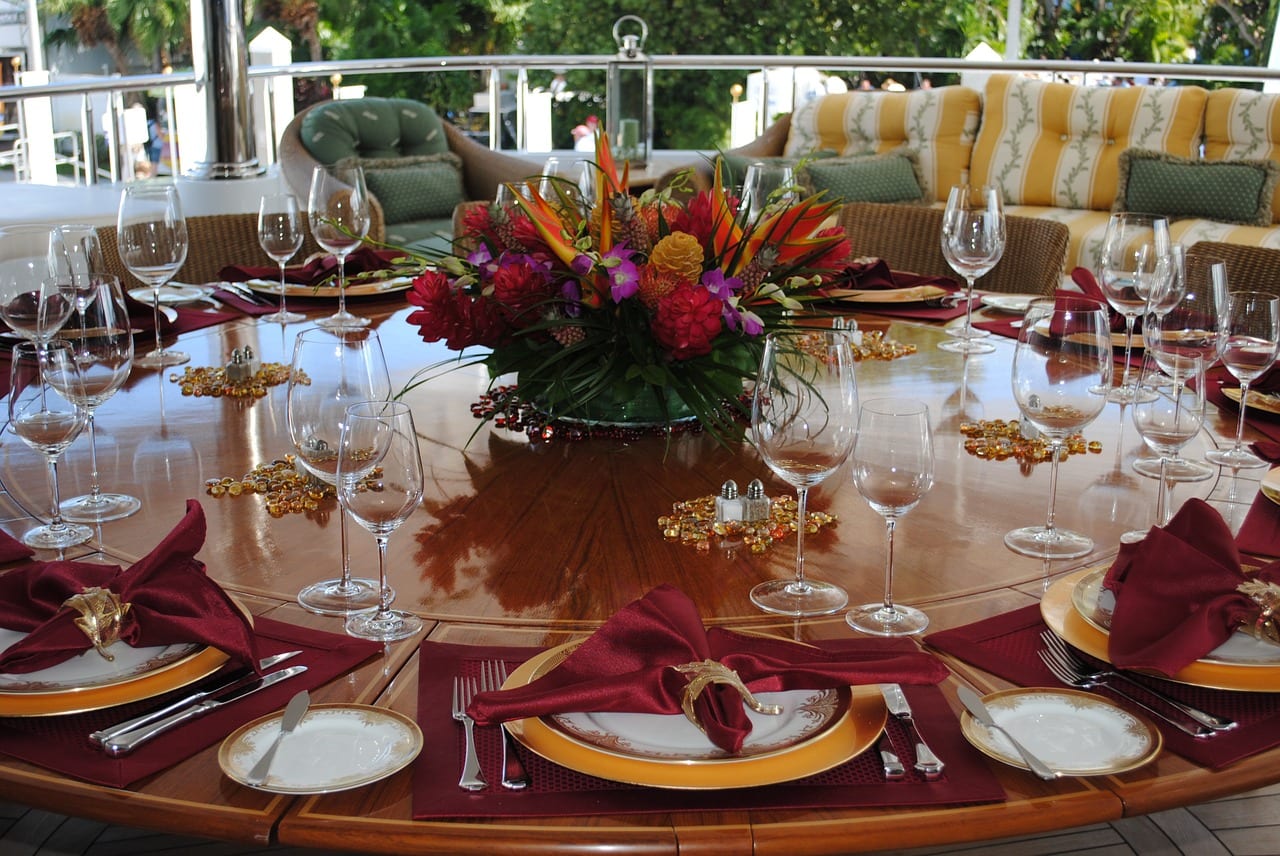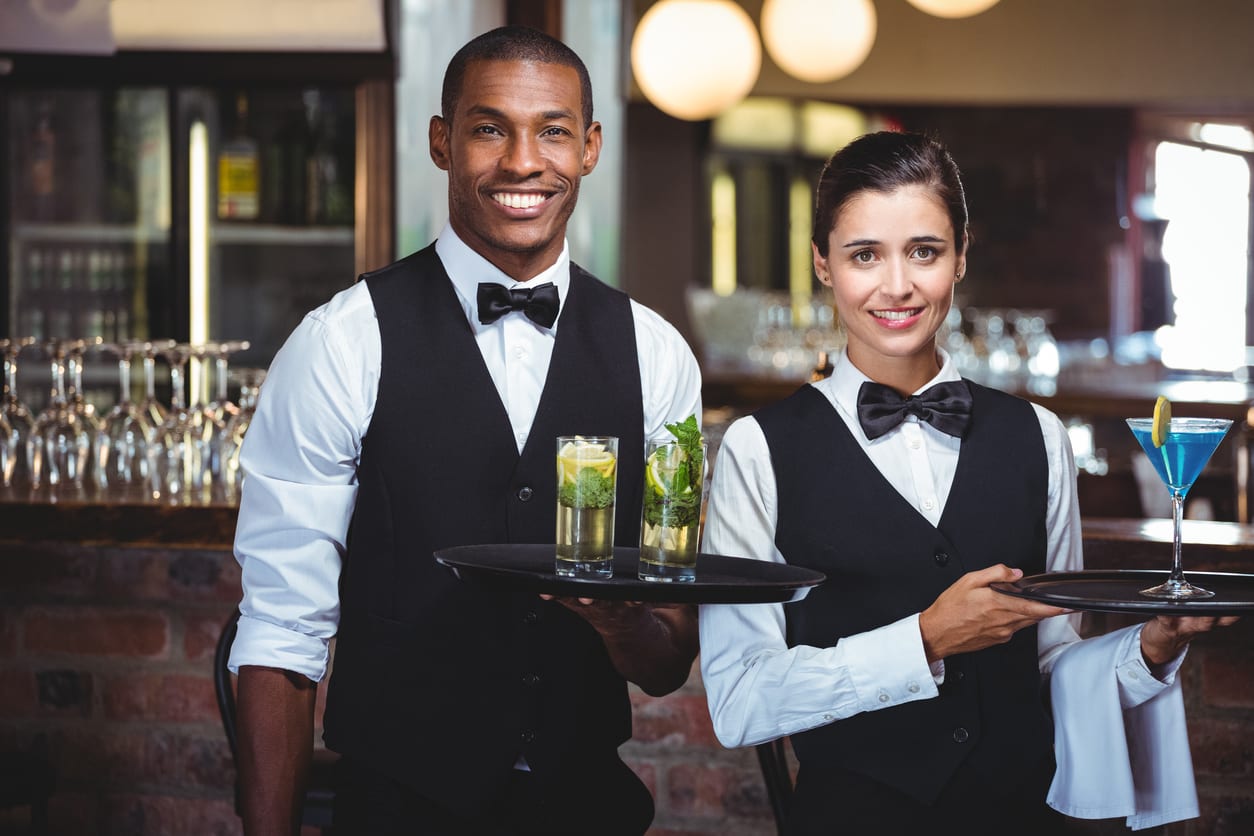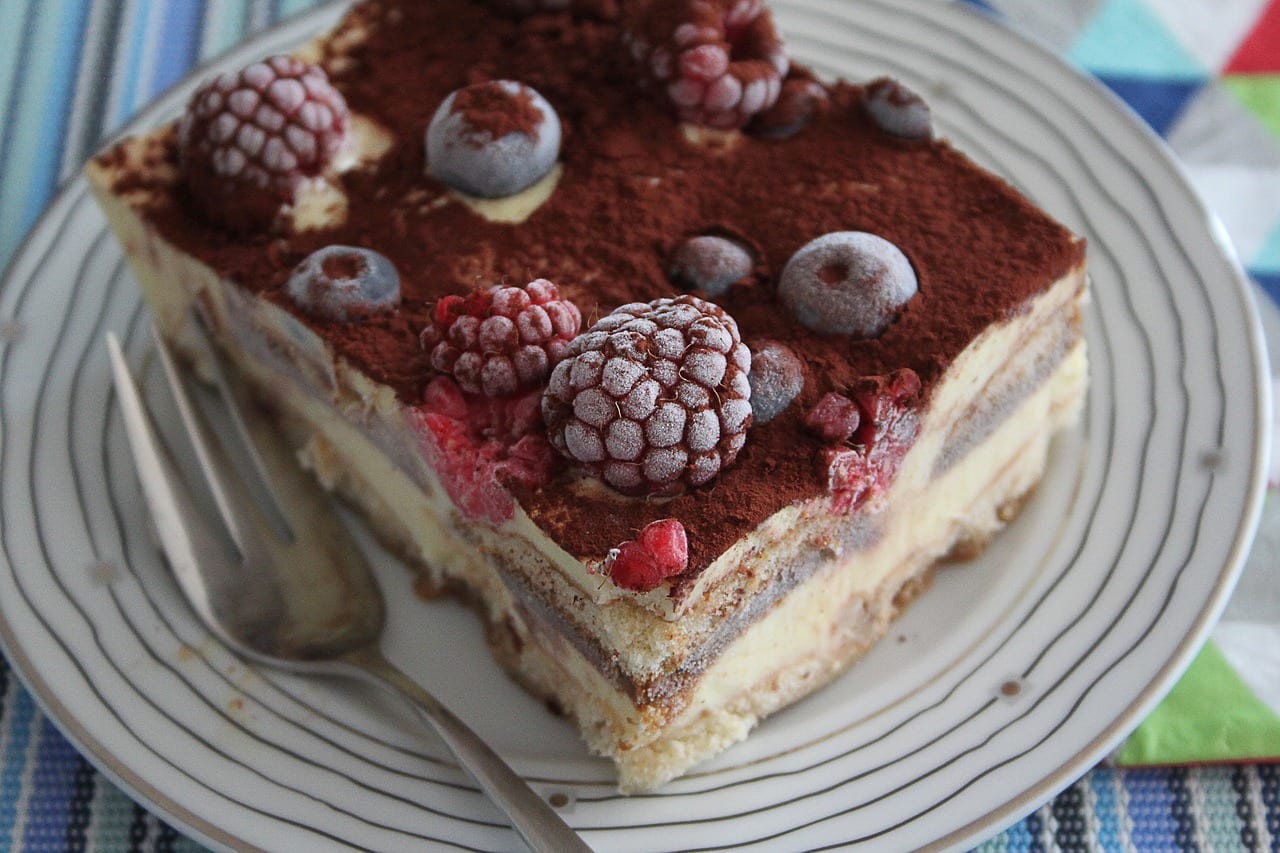Trending Now
Running a restaurant is not easy. Food is a low margin industry, and restaurants in particular can be really tough. So, like any business, restauranteurs want to make sure that you spend as much of your money at their establishment as they possibly can – and they’ve gotten really good at it.
Here are some (not all!) of the tricks to watch out for, if you feel like keeping more of your well earned dollars in your pocket:
Trick #1: They dim the lights.

Even the name of this dimly lit stock photo is “Set table in elegant restaurant”
Photo Credit: iStock
You know you’ve been there – you walk off the bright summer street into a restaurant, and all of a sudden, you can no longer see. Your eyes take 10 seconds to adjust to how dim it is inside, and even once they’ve adjusted, it’s still way darker than it needs to be.
Or so you thought.
You see, you and the restaurant have different aims here: while you just want to be able to read the menu and see your food, the restaurant knows that when the lighting is dimmer, you eat more. More food = more $$$ for them. It may seem romantic, but they’re not trying get you laid – they’re trying to get themselves paid.
Trick #2: They play classy music.

Photo Credit: Pixabay
It turn out that people’s perceptions of taste can be influenced by what they are hearing – so if you’re listening to Italian opera, your Italian cuisine might taste extra bellisimo. There has long been documentation that people think expensive comestibles taste better, so it stands to reason that if you’re listening to fancy music, music that perhaps you associate with money, that might trigger a similar reaction. And if you’re listening to “expensive” music, eating extra delicious-seeming food, why wouldn’t you just spend a little bit more on that tiramisu to finish the night?
Trick #3: Classy place settings.

Photo Credit: Pixabay
This is similar to #2, in that it has to do with playing off people’s expectations. If a room looks fancy, or if silverware is heavier than normal, people will again rate their food higher and be more willing to shell out a little extra.
Tricks #4-8: Menu, menu, menu.

Doesn’t this menu just ooze sophistication?
Photo Credit: iStock
Menus are an integral part of how a restaurant may direct you towards pricier choices, and the difference between a quality menu and an inferior one even affects the way your food tastes. Touches like leaving off the dollar signs (which remind you you’re spending money), or italicizing the fonts (which, numbers 2 and 3, increases the perception of quality) work psychologically to convince the customer that they are in for an extravagant meal, and therefore they deserve to pay for it. Even the weight of the menu matters – a heavier menu implies an upscale restaurant, and all the perks (and costs) that come with it.
And none of that even goes in to the literal descriptions of the food. Just think, would you prefer to order a burger and fries, or a grass-fed, locally-raised Red Angus beef hamburger, cooked to your preference, served on a brioche bun alongside hand-cut truffle fries?
I think you know the answer.

Even the description of this stock photo includes the phrase “grass fed.” Why? It’s just a picture. You can’t eat this burger.
Photo Credit: iStock
Long, epicurean descriptions can seriously raise the sales of a food item.
Restaurants will also place expensive, little ordered items on their menu as a counter to the more popular dishes – not so many people order the ossobuco at your neighborhood Italian joint, but its $40 price tag makes the $17 penne alla vodka look way cheaper. And every once in a while, someone does actually order the ossobuco, so that’s a win-win for the restaurant.
Even menu position is thought out. Most people’s eyes are drawn to the upper-right corner of a blank piece of paper, which means that smart menu designers place their most profitable items in the top right corner. They might also place profit-high options in their own box, so that they are set prominently apart from the rest of the menu, which again draws the eye.
Trick #9: Hire good servers.

Photo Credit: iStock
This isn’t so much a trick as just the way the industry works – most servers depend on tips for their living, and if you pay 18% on your bill no matter what, they get more if you buy more expensive food/drinks. That’s why servers will upsell you on your gin and tonic (that, plus who wants house gin?) and try and point you towards the salmon over the chicken. It’s in their best interest – and if the salmon just so happens to be the tastier option, well, then everyone’s a winner.
Some restaurants will also put specific incentives out for selling an item, meaning that the server who sells the most of them walks away with a prize (or maybe just extra cash in their pocket). A good server knows how to push and when to take it easy, so you may never even know you’re being gently prodded towards a particular menu item, even if you end up ordering it.
Servers may also drop off the dessert menu without checking first if you actually want any. They do this because it’s much easier to have the self-control to say no when the menu isn’t already in front of you – but once it’s there, well, a little peek couldn’t hurt…
Then, BAM! Tiramisu.

Photo Credit: Pixabay
But for real we can probably just chill about this; there are so many worse things you could be manipulated into than buying dessert!






